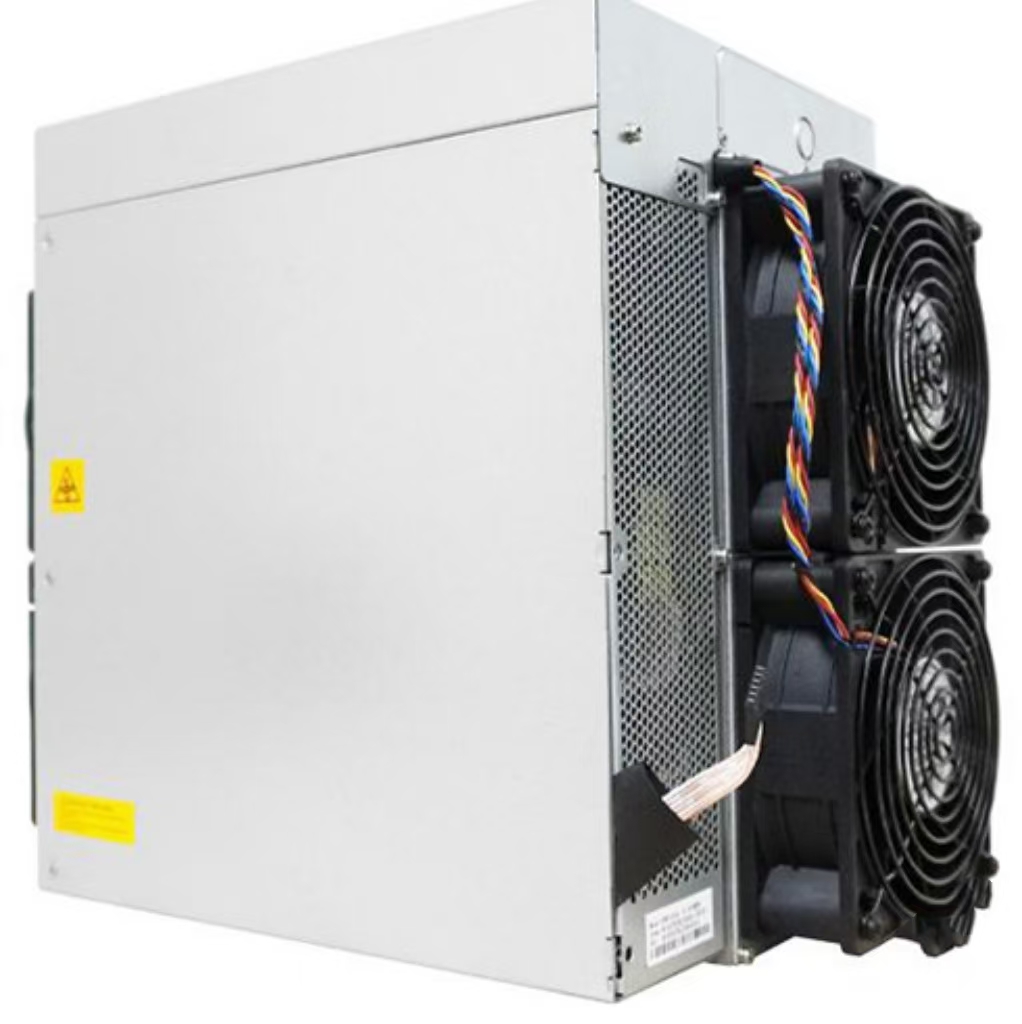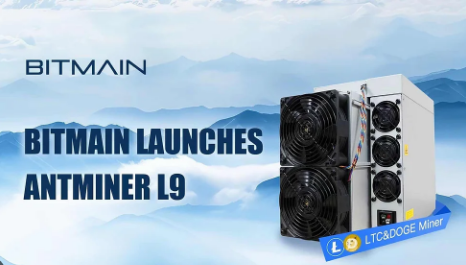Can Bitmain Antminer L9 Be Used with Solar Power? Exploring Sustainable Mining Solutions
Introduction: The Growing Interest in Solar-Powered Mining
As cryptocurrency mining evolves, operators are increasingly exploring renewable energy solutions to reduce electricity costs and environmental impact. Among these alternatives, solar power has emerged as a popular choice—especially for miners operating in sunny regions or seeking long-term cost efficiency.
This raises an important question: Can the Bitmain Antminer L9, a high-performance Scrypt miner, effectively run on solar power?
In this article, we’ll examine the feasibility of solar-powered mining with the Antminer L9, analyzing its power requirements, solar system compatibility, and real-world considerations for miners looking to adopt sustainable energy solutions.
Understanding the Antminer L9’s Power Requirements
Before integrating solar power, it’s crucial to understand the Antminer L9’s energy demands:
- Power Consumption: 3,360W at peak performance
- Voltage Range: 220–277V (compatible with standard industrial solar inverters)
- Efficiency: 210 J/GH, making it one of the more efficient Scrypt miners available
Given these specs, running an L9 on solar isn’t impossible—but it requires careful planning.

Key Considerations:
- Solar Panel Capacity – A single L9 requires ~80 kWh/day (3,360W × 24h). To meet this demand, a solar array must generate sufficient power, accounting for sunlight availability and system losses.
- Battery Storage – Since solar power isn’t constant, a battery bank is necessary to store excess energy for nighttime or cloudy days.
- Inverter Compatibility – The inverter must convert DC solar power to AC at the correct voltage (220–277V) without efficiency losses.
Designing a Solar Setup for the Antminer L9
Step 1: Calculating Solar Panel Needs
Assuming 5 peak sun hours per day (a realistic average for many regions), you’d need:

\[ \frac{3,360W \times 24h}{5h} = 16,128W \, (\text{~16 kW solar array}) \]
However, factoring in inverter efficiency (~90%) and system losses, a 20 kW solar array is safer.
Example Setup:
- 40 x 500W solar panels (20 kW total)
- 48V battery bank (e.g., lithium-ion for better cycle life)
- 5 kW hybrid inverter (supports grid/solar/battery switching)
Step 2: Battery Storage Requirements
To run the L9 overnight (assuming 12 hours without sun):
\[ 3,360W \times 12h = 40.32 \, \text{kWh storage needed} \]
A 48V lithium battery bank with at least 840Ah capacity would be required.
Step 3: Cost Analysis
- Solar Panels: ~$10,000–$15,000 (20 kW system)
- Batteries: ~$8,000–$12,000 (40 kWh lithium storage)
- Inverter & Balance of System: ~$3,000–$5,000
Total Estimated Cost: $21,000–$32,000
While expensive upfront, solar can pay off in 3–5 years if electricity costs are high ($0.15+/kWh).
Real-World Feasibility: Challenges & Solutions
Challenge 1: Intermittent Power Supply
Solar energy fluctuates with weather and daylight. Running an L9 continuously requires either:
- Grid Hybrid Setup – Use solar when available, switch to grid/battery when not.
- Oversized Solar + Storage – Ensures consistent power but increases costs.
Challenge 2: High Upfront Investment
Not all miners can afford a $20K+ solar setup. Alternatives include:
- Partial Solar Supplementation – Reduce grid dependency by offsetting 30–50% of power needs.
- Shared Solar Mining Farms – Pool resources with other miners to distribute costs.
Challenge 3: Location Dependency
Solar works best in regions with high solar irradiance (e.g., Southwest USA, Middle East, Australia). Miners in cloudy areas may need supplemental wind/hydro power.
Case Study: Solar Mining in Texas
A mining farm in Texas successfully runs 10 Antminer L9 units on a 200 kW solar array with 200 kWh battery storage.

Key Takeaways:
- ROI: Achieved in 4 years due to Texas’ abundant sunlight and low installation costs.
- Hybrid System: Uses grid power only during prolonged cloudy periods.
- Profitability: Energy savings increased net mining profits by 35% after payoff.
Conclusion: Is Solar-Powered L9 Mining Worth It?
Yes—but with conditions.

- Best For: Large-scale miners in sunny regions with capital for long-term investments.
- Not Ideal For: Small miners in low-sunlight areas without backup power.
Final Recommendations:
✔ Start with a hybrid system (solar + grid) to test feasibility. ✔ Monitor local solar incentives (tax credits, rebates) to reduce costs. ✔ Consider cloud mining or hosting if solar isn’t viable for your location.
The Bitmain Antminer L9 is technically compatible with solar power, but success depends on smart system design and location. For miners committed to sustainability and long-term cost savings, solar-powered L9 mining is a promising—though challenging—endeavor.
Would you consider solar for your mining operation? Share your thoughts below!